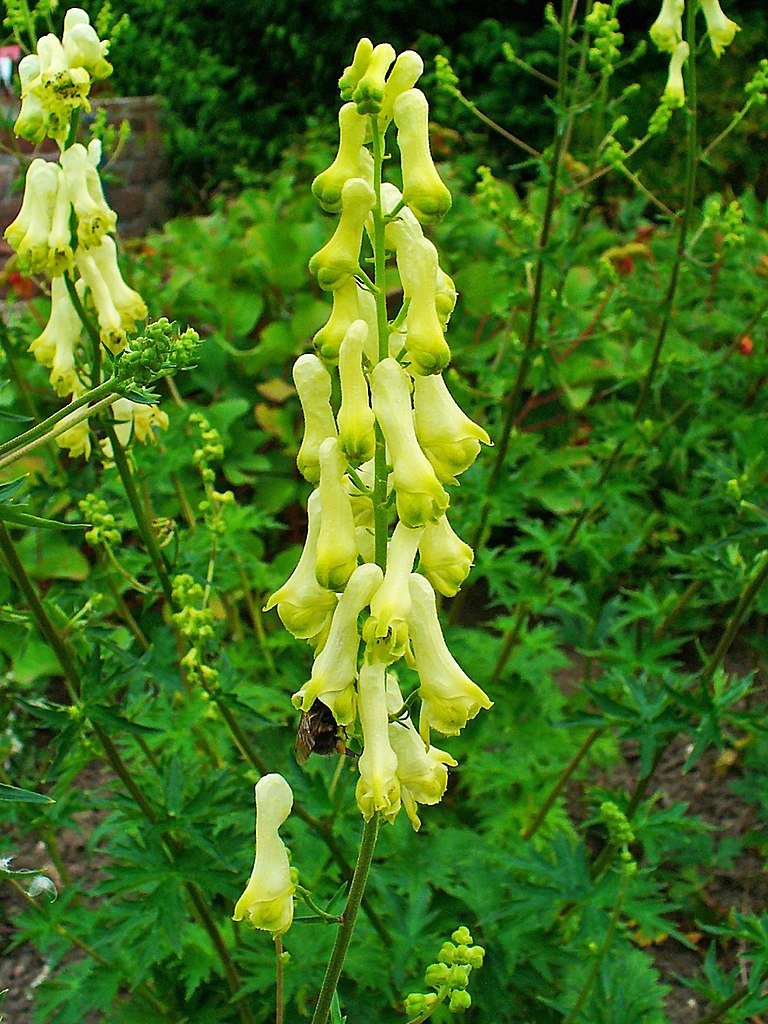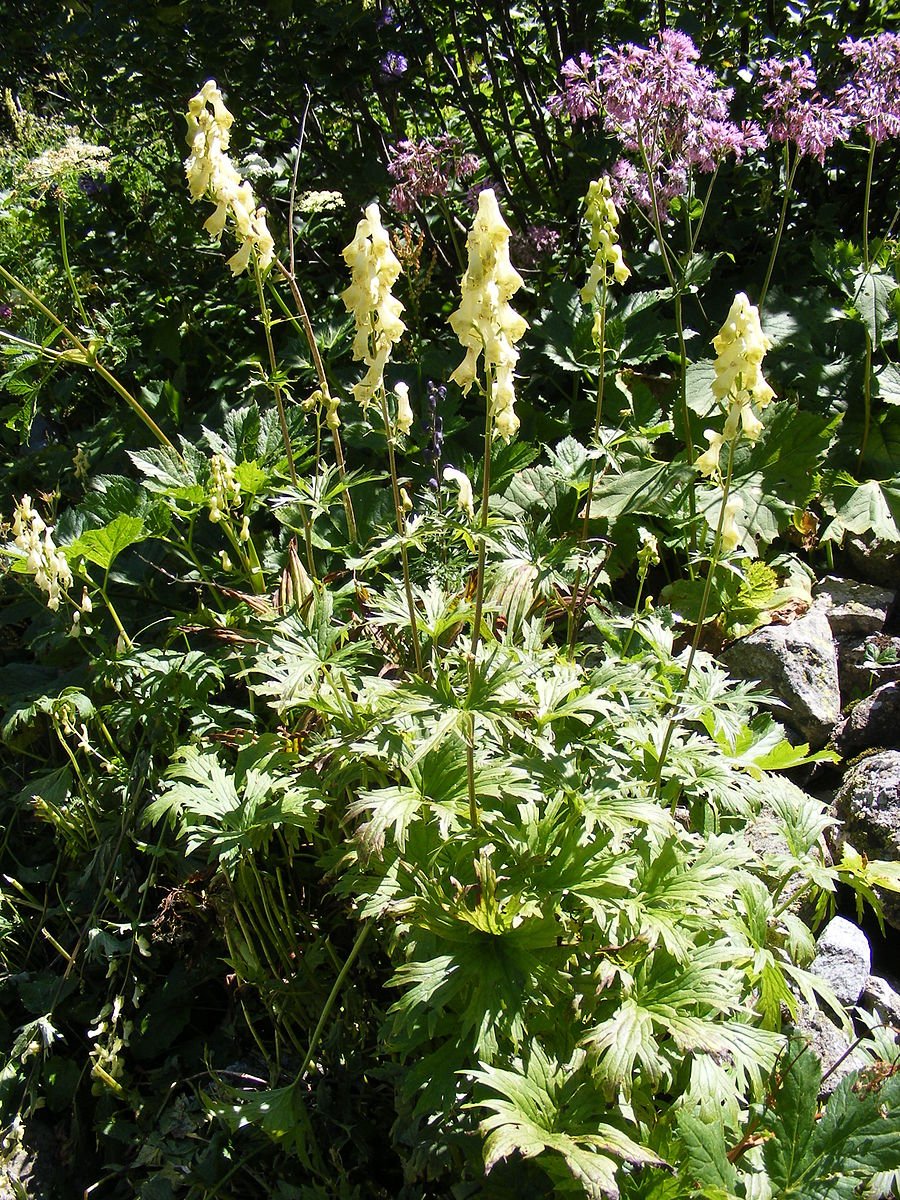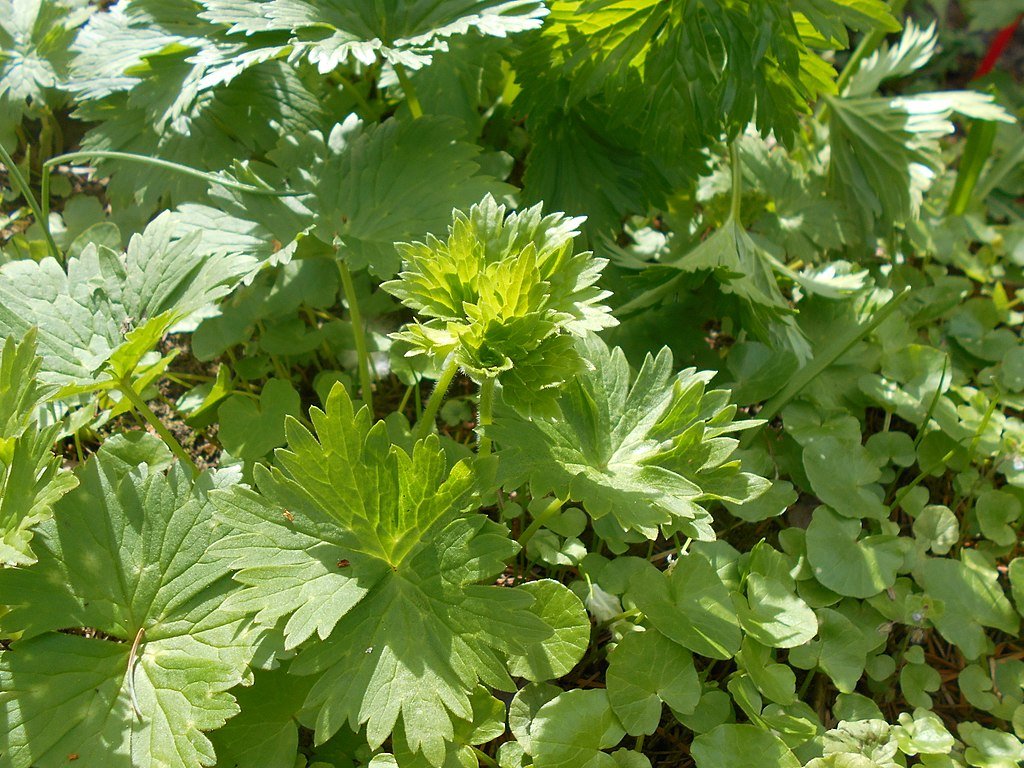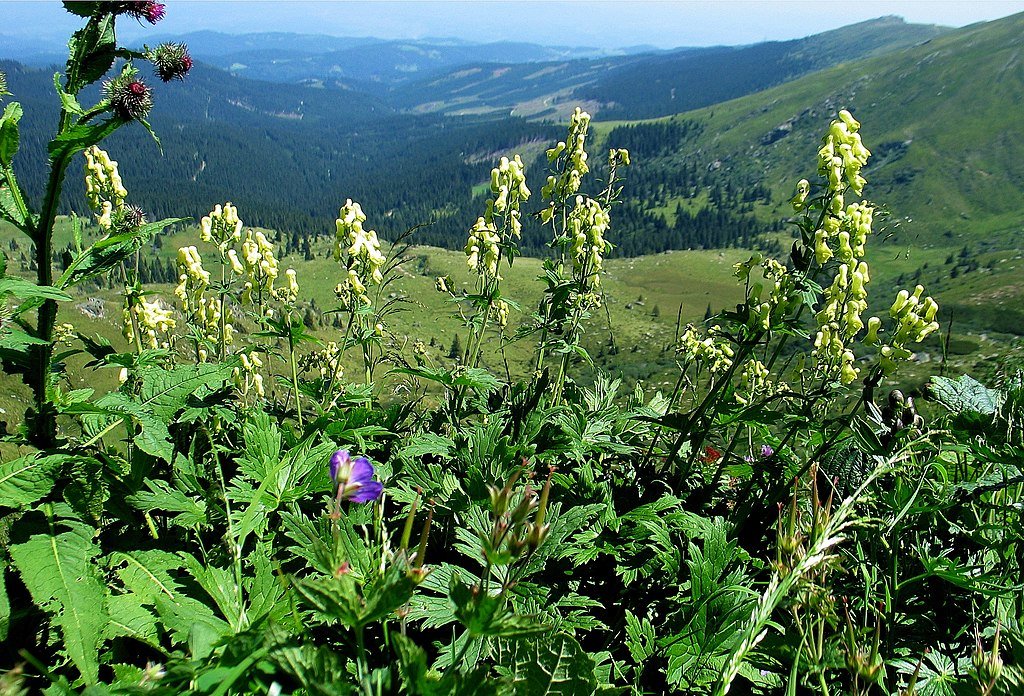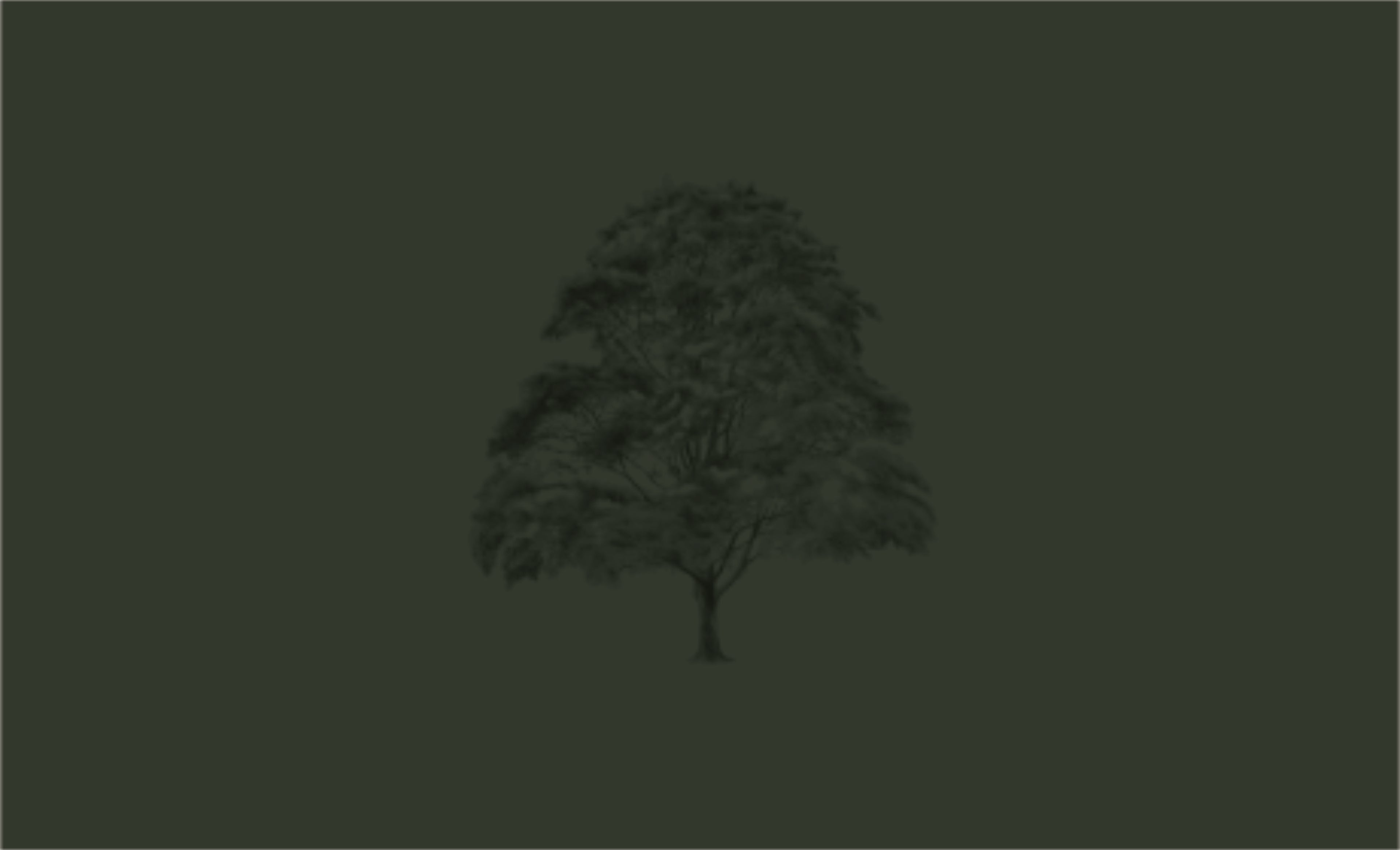Aconitum lycoctonum | wolfsbane
This plant is not currently available, however, propagation is planned/underway. Please sign up for the waitlist below to receive updates on availability.
Couldn't load pickup availability
syn. Aconitum vulparia
Wolfsbane, Monkshood, and Aconite are all common names for this beautiful, though highly toxic plant. A. lycotonum is a vigorous grower and bloomer. Glossy, dark palmate leaves are very attractive as are the spikes of pale yellow flowers.
Best grown in semi-shade in rich, fertile soil, but will tolerate other conditions. Tends to lean so plant it next to sturdier shrubs or perennials that can support its weight.
Fun Fact: Ancient Greeks used the roots of this plant to poison bait intended to kill wolves, leading to both the common and Latin names.
WARNING: All parts of this plant are extremely toxic.
Zones: 3 to 9
Family: Ranunculaceae
Type: Perennial
Height: 30 to 42 in.
Spread: 12 to 24 in.
Exposure: part-shade, shade
Soil Conditions: Average, humus rich, fertile, cool
Bloom Time: July to August
Bloom Color: Yellow
Native Range: E. Central & E. Europe
Special Characteristics
- Deer-resistant
- Clay tolerant
- Rabbit resistant
- Pollinator favorite
image credits
Image 1 (blooms) H. Zell, CC BY-SA 3.0, via Wikimedia Commons
Image 2 (form) Teun Spaans, CC BY-SA 3.0, via Wikimedia Commons
Image 3 (foliage) Salicyna, CC BY-SA 4.0, via Wikimedia Commons
Image 4 (native habit) Walter Starmühler, CC BY-SA 3.0, via Wikimedia Commons
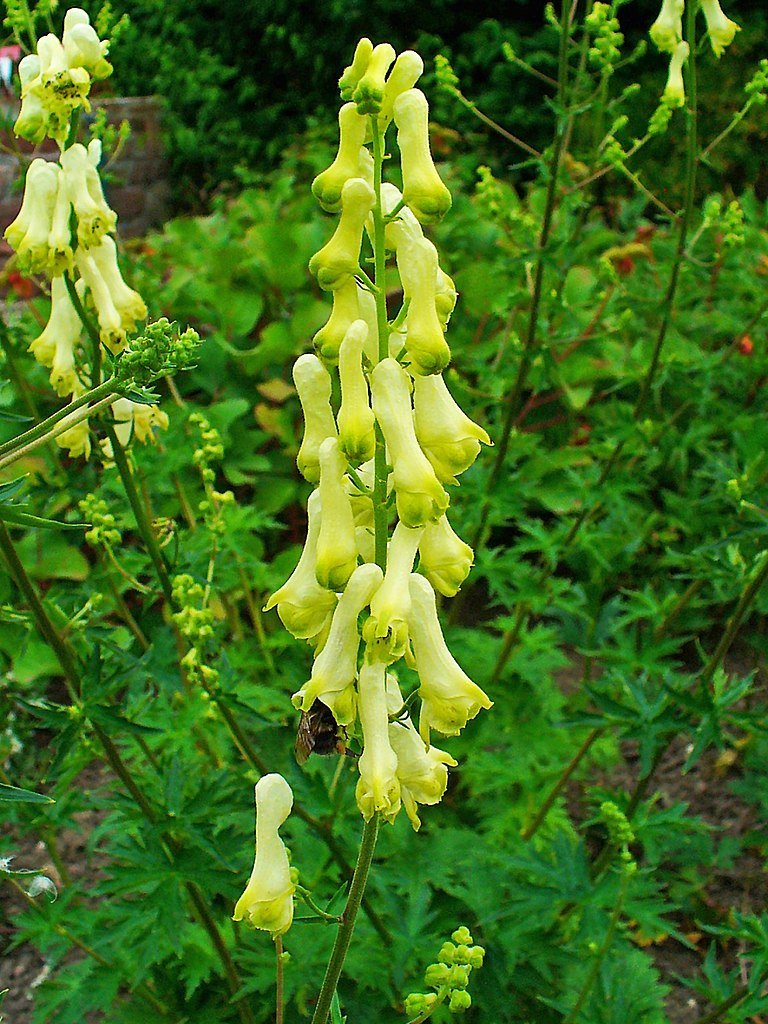
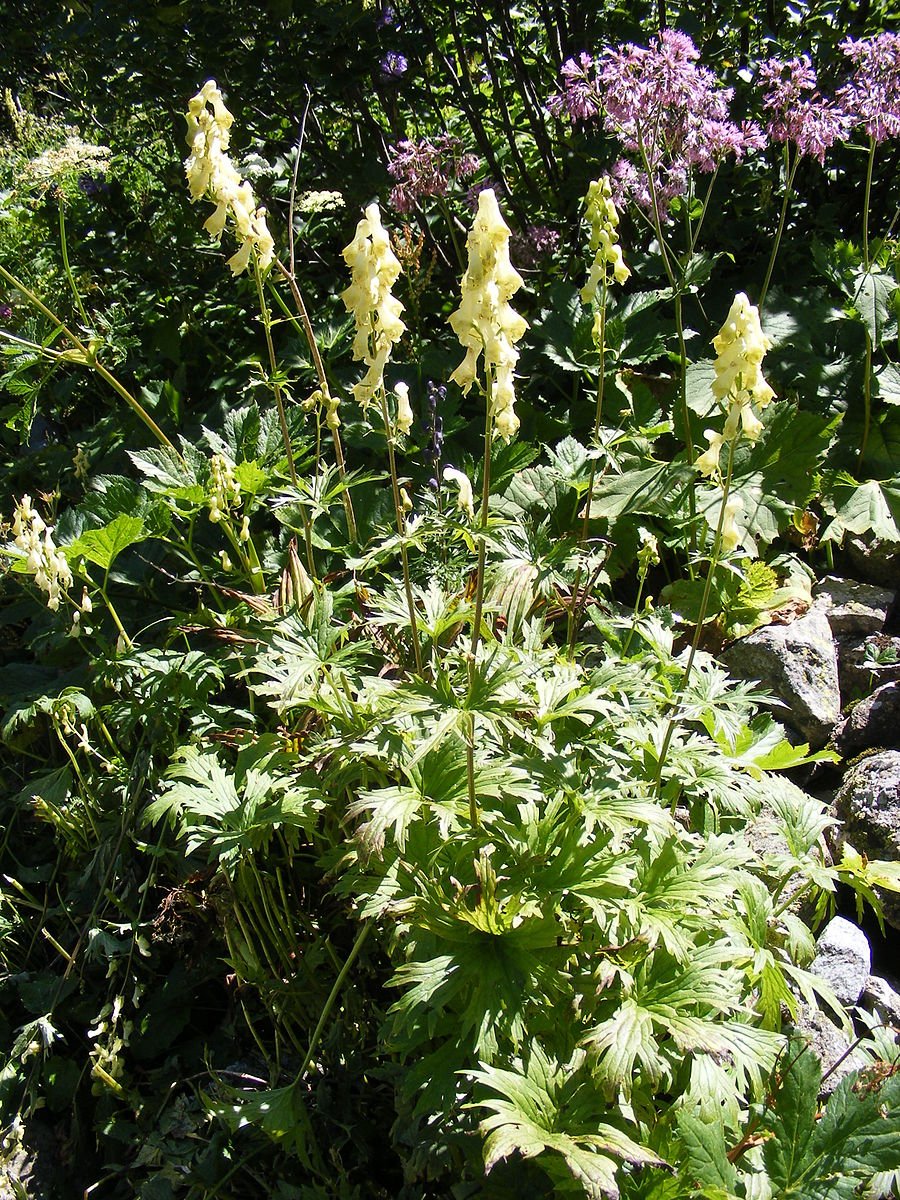
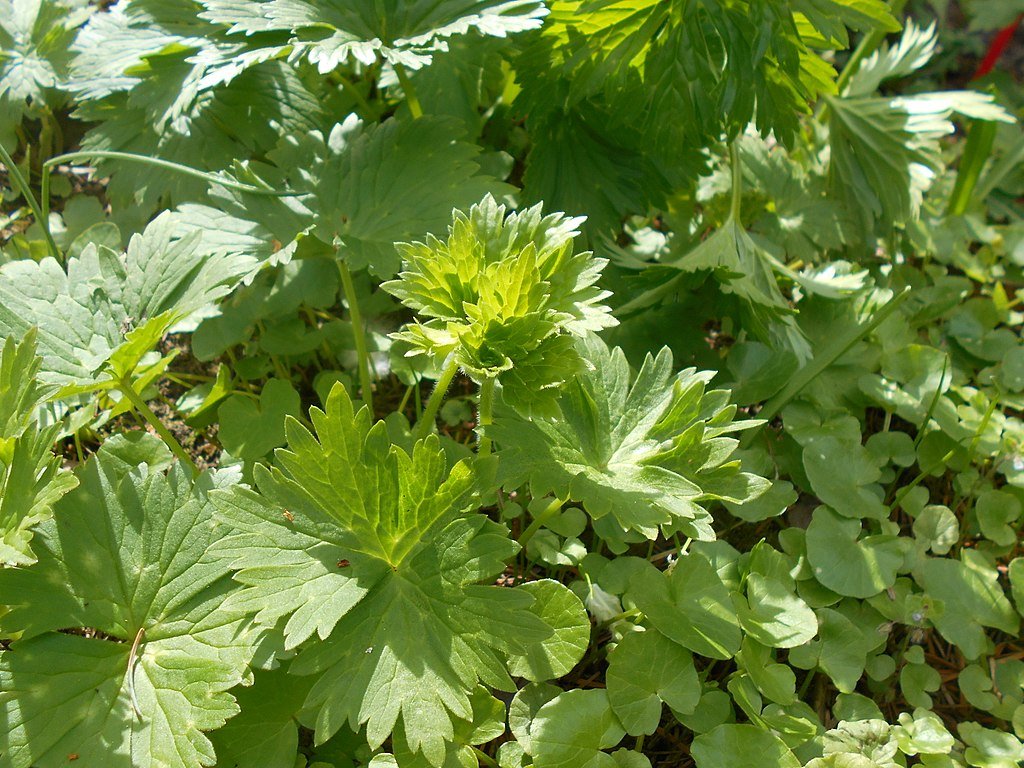
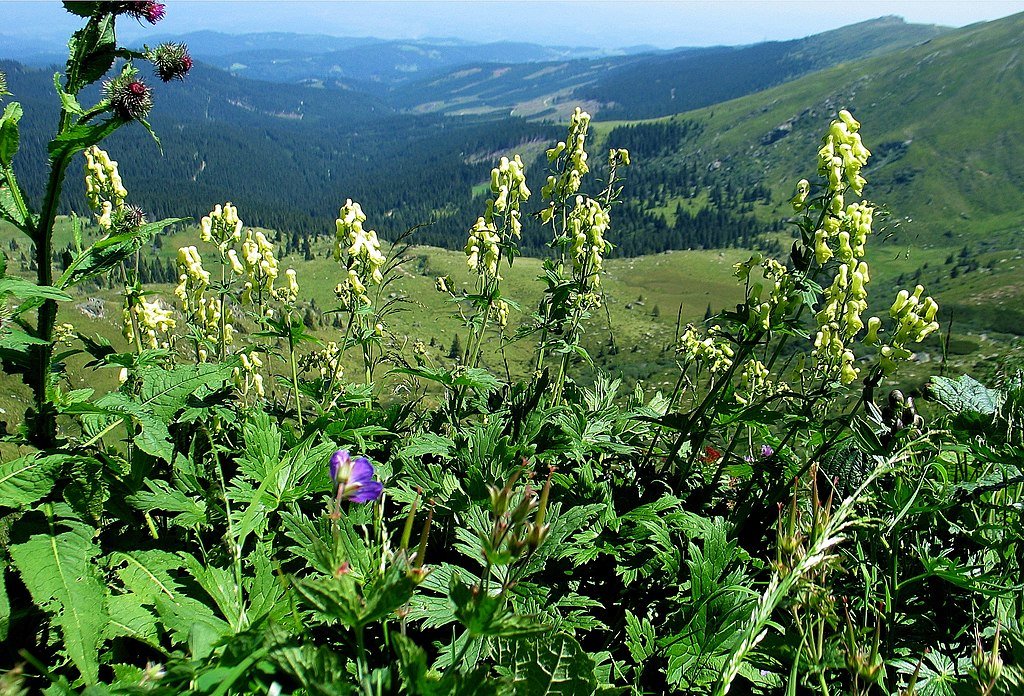
See all in this genus
-

 Aconitum fischeri | azure monkshoodAconitum fischeri | azure monkshood
Aconitum fischeri | azure monkshoodAconitum fischeri | azure monkshood- Regular price
-
$8.99 - Regular price
-
- Sale price
-
$8.99
Sold outQuick view
-
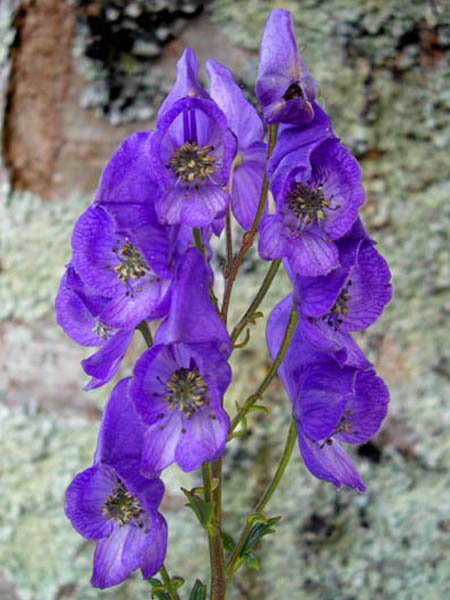
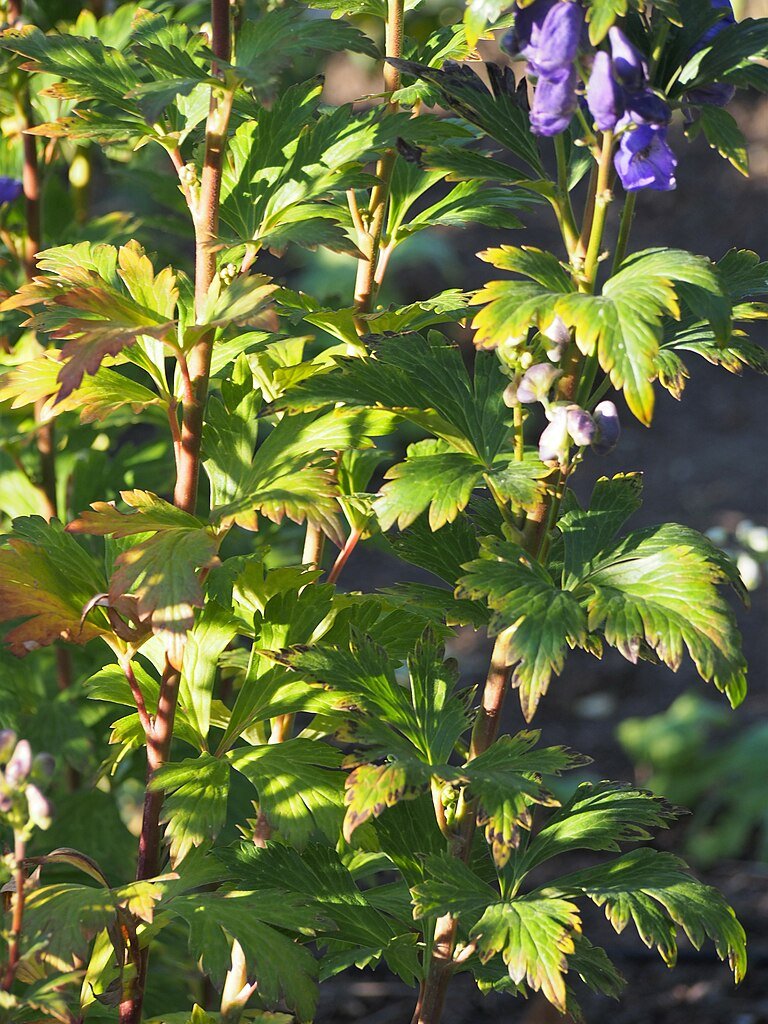 Aconitum carmichaelii 'Arendsii' | monkshoodAconitum carmichaelii 'Arendsii' | monkshood
Aconitum carmichaelii 'Arendsii' | monkshoodAconitum carmichaelii 'Arendsii' | monkshood- Regular price
-
$8.99 - Regular price
-
- Sale price
-
$8.99
ARCHIVED Sold outQuick view
-
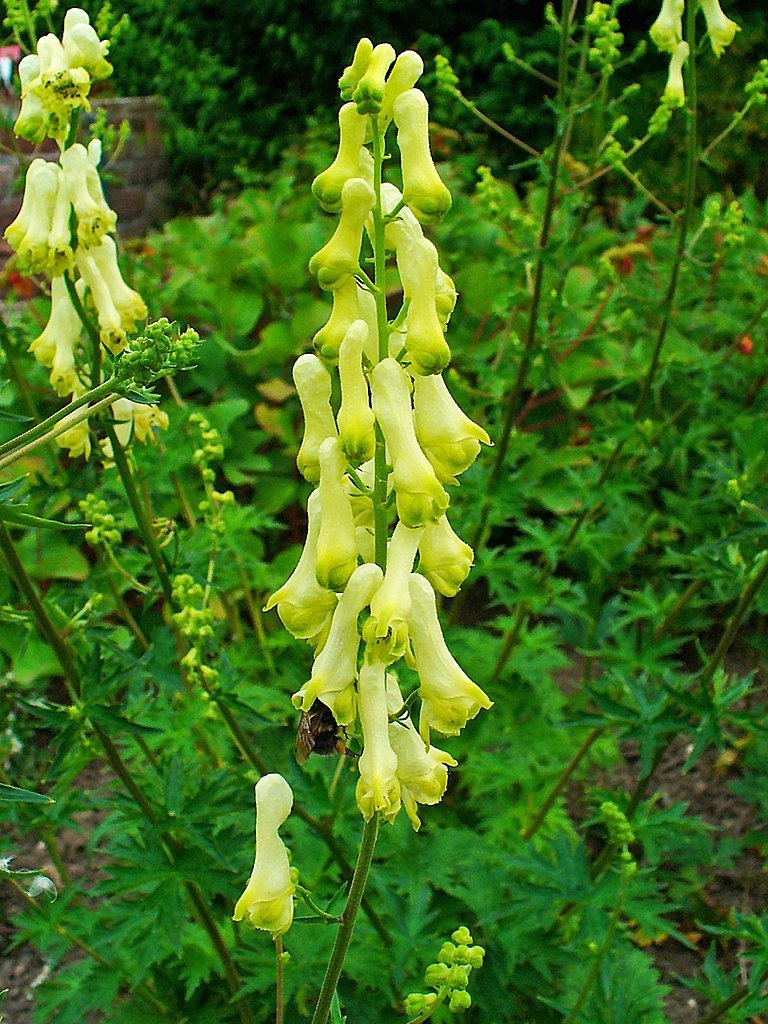
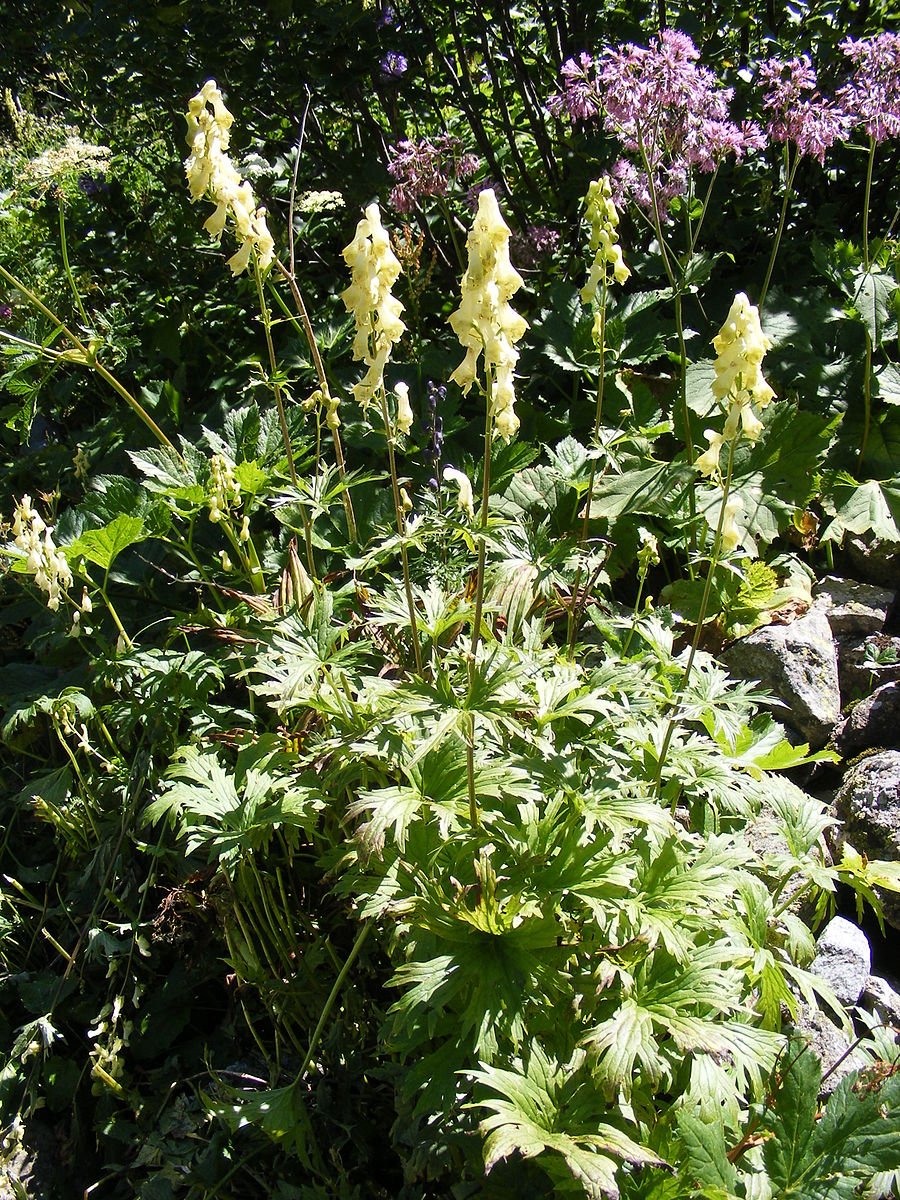 Aconitum lycoctonum | wolfsbaneAconitum lycoctonum | wolfsbane
Aconitum lycoctonum | wolfsbaneAconitum lycoctonum | wolfsbane- Regular price
-
$8.99 - Regular price
-
- Sale price
-
$8.99
ARCHIVED Sold outQuick view


